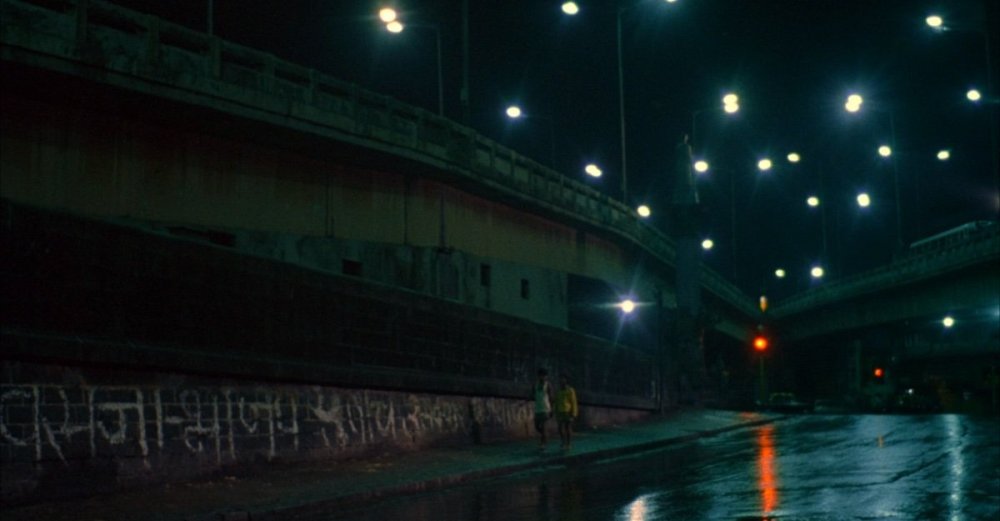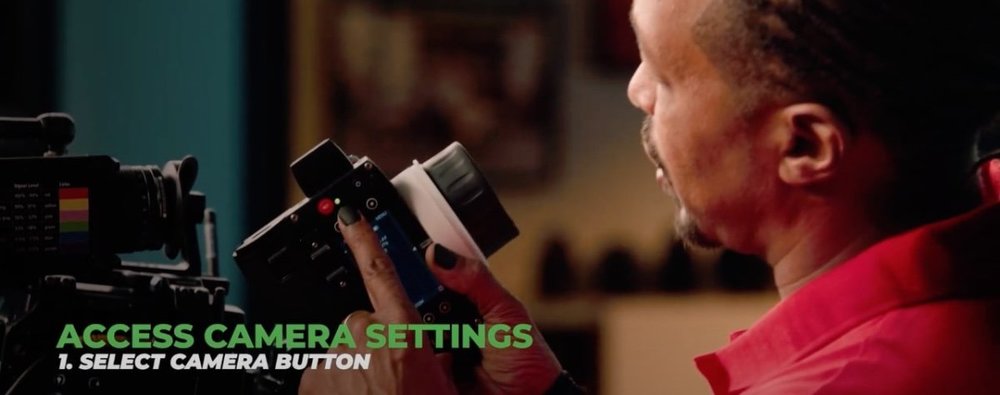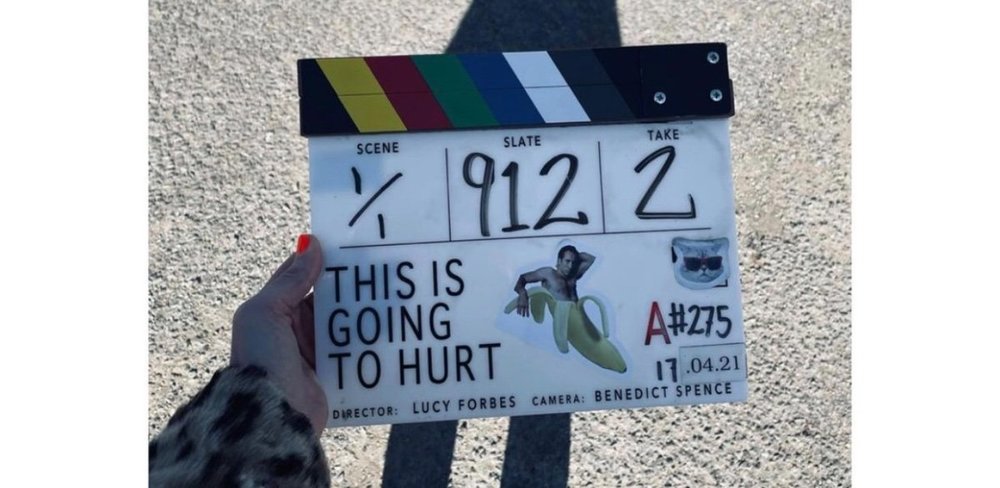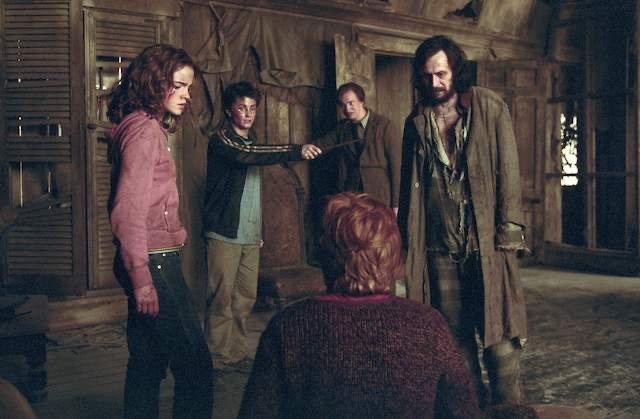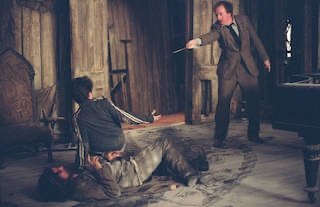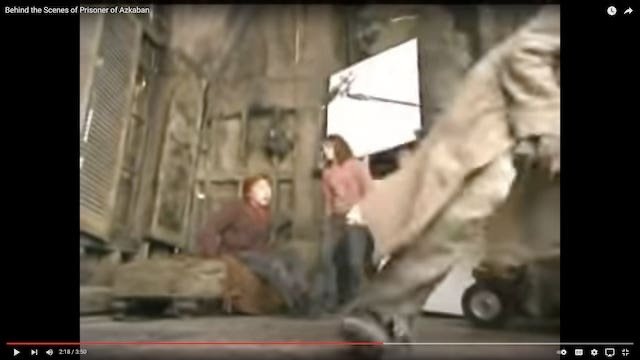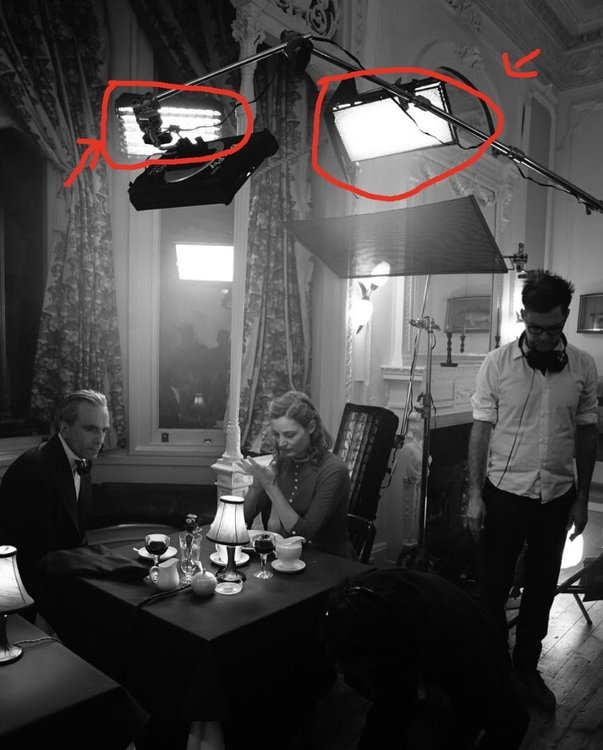
imran qureshi
Basic Member-
Posts
50 -
Joined
-
Last visited
Profile Information
-
Occupation
Student
-
Location
UK
Recent Profile Visitors
The recent visitors block is disabled and is not being shown to other users.
-
Im hoping to do some testing but in the mean time - I'm wondering if anybody with more experience than me has used filters with the cooke 12mm on s35 - Will standard 4x5.65 filters be okay (not vignette or be in shot) or do I absolutely need 6x6? I will be using the mb14 (6X6 matte box) but having a hard time sourcing the 6x6 filters that I need. Any help much appreciated.
-
Always see these colour key charts stuck on the EVF. I imagine it's either lens info or talent info? Wondering if anybody can educate me on what its used for and how it attaches to the view finder? looks like a sticker Is it an online template? seems like the same layout used in every production - Thanks! Sorry I couldnt find a better picture but you can just about see an example on the viewfinder here;
-
Hello all, I am focus pulling in a one take music live session. We can do multiple takes. We are going to be shooting wide open on a 25mm DZO vespid prime lens at t2.2 (will close down accordingly if we end up needing a deeper stop for focus). Sensor is 35mm (canon c300mk3). The subject is stationary but the camera starts off wide and tracks forward to a close up. The move will be entirely handheld. I will be using a remote follow focus (nucleus m). I know that for a Dolly move, many focus pullers use the bolt in the middle of one of the front wheels as a reference point to place incremental marks on the floor either based off the lens markings or just 1ft incremental marks. In my case, as it is handheld on an easyrig…should I be using the operators feet as a reference to place floor marks? I was originally thinking I could ask the operator to put a bit of camera tape on both shoes in line with the floor marks so that I could use that as a reference? (Ie, when the tape on either foot aligns with my floor mark, I know to hit my mark). or should I just simply try to eye the floor marks so that its in line with the sensor plane throughout the move? any ideas greatly appreciated. Thanks!
-
I was looking at BTS pictures from a British tv show I really enjoyed (‘This Is Going To Hurt’ by Lucy Forbes) and I couldn't understand the slates. I am used to using ‘Scene, Slate, Take’ in Britain but also am familiar with the lettering that US productions do but have not see n this method before.. Scene is written like a fraction, the slate has a very high number on it such as 912 etc. could someone please enlighten me? Thanks!
-
Hi, thanks for posting! It may be my wording but this isn’t what i’m trying to get at with my question. I'm not asking what the difference between object A and B is. I'm asking; With the inverse square law in mind, Let's say I meter object A at f2 and Object B at f4 (take one) then I decide to do a second take where I increase the output from my keylight and meter object A at f4, does that now mean that object B is f8 as you would expect? my question is about how light output affects fall off. Hope this makes sense.
-
Thanks David! Do you reckon that they have purposefully lit the actors with light that is closer in kelvin to whatever the camera is rated at and left the background to go blue/uncorrected? or Do you reckon they have have just lit the entire scene with cool light and then separated the green in the set design from the magenta skin tones and accentuated the difference in the grade? Cheers!
-
Here is the full scene: I really like the separation between the skin and the green surroundings as seen here; I know there are many ways to achieve this but I'm wondering if anyone can give their opinions on if they think this was done with production design/grade/light or a mixture of all of them in this instance? I would have assumed that there is some underexposed uncorrected daylight source outside the windows creeping in and then they have keyed the actors with a soft source that is closer in kelvin to whatever the camera is rated at. The uncorrected daylight is then shifted green in the grade. This look is also reinforced by the production design because the walls probably has a green tint anyway. However, There are a lot of images I have found on google from this scene with a completely different look. I don't know if the film has more than one colour grade because I can't find any information to confirm that. It doesn't look like the production design itself has much green, more warm brown colours. I also can't really tell if there is a different in colour temperature between the subjects and their surroundings or not? This may be unhelpful but this is the only behind the scenes I could find from this scene, it shows some of the lighting but they aren't very good pictures I'm afraid; Love to know any thoughts on how this look was achieved. Thanks!
-
Question about max pay loads regarding boom arms?
imran qureshi replied to imran qureshi's topic in Grip & Rigging
good point about the bending and not being able to slide back in. Thanks! I am planning on building a menace arm out of pipe like this in future, but the parts are sometimes hard to come by in the uk, not impossible though so ill just keep on the look out. Till then i’m going to be using the junior booms, hopefully it will be okay with balancing the 5kg lights. cheers! -
Question about max pay loads regarding boom arms?
imran qureshi replied to imran qureshi's topic in Grip & Rigging
Thanks!! To confirm for future reference, if the counterweight that comes with the boom is not enough (lets just say just in case), is it okay to keep adding counterweight until proper balanced is achieved even if it goes over the 10kg payload or would you recommend to stay within 10kg near enough all together (counterweight and lights combined)? -
Question about max pay loads regarding boom arms?
imran qureshi replied to imran qureshi's topic in Grip & Rigging
I want to boom a 5kg light on this boom arm at maximum extension but I would need to put around 15kg or so of additional counterweight on the other end (a guess) at maximum extension. as the max pay load is 10kg, I was wondering if this is safe. The people I have emailed at avenger seem to be giving mixed messaging, i think maybe the people doing the costumer service just aren't sure. I spoke to two different working grips and they said that the counterweight wouldn't count towards to max pay load as the counterweight would only help the pin strength. So I think I'm probably good to go but if anyone knows for sure that would be greatly appreciated! Thanks


